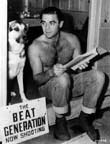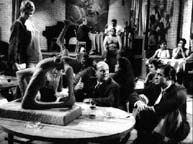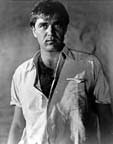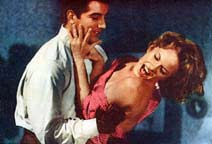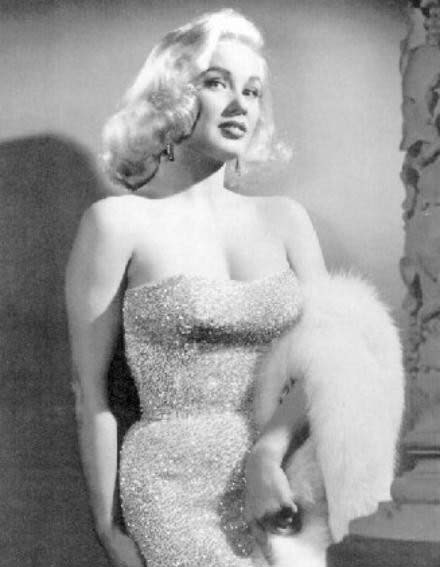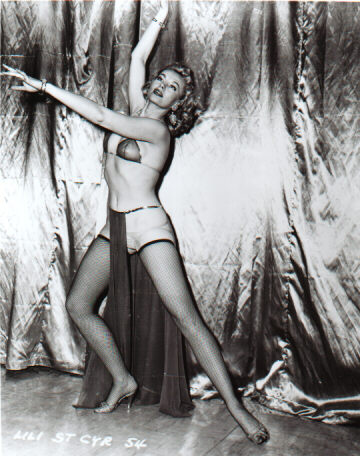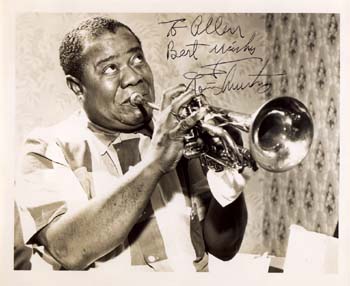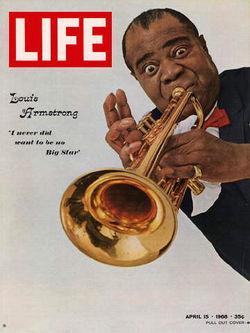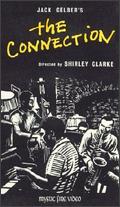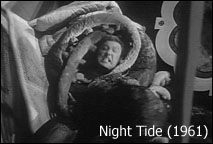 | The Beat Generation, 1959 |
|
|
|
Steve Cochran |
|
Ray Danton |
Mamie Van Doren |
Mamie Van Doren |
|
|
|
|
|
|
|
http://einsiders.com/features/interviews/curtisharrington.php |
Dir.Charles Haas. Tough cop Steve Cochran tracks rapist, Ray Danton, on a path throuh LA beatnik coffee houses, poetry readings and assorted sin dens. With Mamie Van Doren, Louis Armstrong, Vampira (reciting poetry) and "Slapsy Maxie" Rosenbloom as a wrestling beatnik!
The Beat Generation is a 1959 film by MGM starring Steve Cochran and Mamie Van Doren, with Ray Danton, Fay Spain, Maggie Hayes, Jackie Coogan, Louis Armstrong, Cathy Crosby and Ray Anthony. It is a sensationalistic interpretation of the beatnik culture of the "beat generation" (and is sometimes considered one of the very last films noir to be produced.) The movie was also shown under the title This Rebel Age.
From The Beat Generation, one of two films Cochran starred in for producer Albert Zugsmith. LEFT: Behind-the-scenes photo. RIGHT: With Jackie Coogan
B-movie bad boy Steve Cochran was born Robert Alexander Cochran in California in May 1917. His father, a lumberjack, moved the family to Wyoming in the 1920s, where Cochran grew up. After graduating from the University of Wyoming in 1939, Cochran began working in regional theatre and summer stock. By the time he signed to make films with the Samuel Goldwyn Company in 1945, Cochran had been starring on Broadway. His film debut came in the 1945 Danny Kaye film Wonder Man, produced by Goldwyn and released by RKO. His work for Goldwyn consisted of mostly supporting roles, often playing boxers and gangsters. Upon being released from his contract with Goldwyn in 1948, Cochran went back to Broadway; after doing a couple of plays with Mae West, he signed with Warner Bros. in 1949 and returned to Hollywood. His film career fared better at the new studio, with Cochran landing leading roles in such film noir classics as The Damned Don''t Cry (1950; with Joan Crawford), Highway 301 (1950; with Virginia Grey), and Tomorrow Is Another Day (1951; with Ruth Roman). Warners also cast him as the heavy in a number of solid westerns, including Dallas (1950; with Gary Cooper, Ruth Roman, and Barbara Payton) and Back to God''s Country (1953; with Rock Hudson and Hugh O''Brian).
With the end of his Warner Brothers contract in 1953, Cochran started his own production company, Robert Alexander Productions. He freelanced for other studios and began taking television roles. Cochran starred in a string of B movies throughout the later 1950s, including Carnival Story (1954; with George Nader); The Outcry (1957; produced by Robert Alexander Productions); and The Beat Generation (1959; with Mamie Van Doren and Fay Spain). Cochran''s film career began to cool in the early 1960s.
MOVIES & THE BEATS, PT. 1 Ė VENICE BEACH, HOLLYWOOD, NEW YORK & BEYOND
March 30 Ė 31 at The Egyptian Theatre
Sometime in the early 1950ís, borne out of the Atomic Era and a post-WWII malaise, a new social and literary movement began to make itself felt. At the time, New York writers such as Jack Kerouac, William Burroughs, Allen Ginsburg, Gregory Gorso and San Francisco poets like Kenneth Rexroth, Lawrence Ferlinghetti, Michael McLure, et.al., were making their presence known. Coffee houses sprang up in big cities Ė especially urban centers on the west and east coast - places where the intellectually and spiritually disenfranchised could come to socialize, read poetry, exchange ideas about the state of the world and "drop out." Somewhere along the line, society Ė and members within the inner circle themselves Ė started to call these drop-outs "beatniks." There were obvious, clichť visual signifiers - berets, sunglasses, narrowly-cut black slacks and - for many of the gentlemen Ė goatees. No matter that virtually none of the famous writers associated with the movement had ever been glimpsd in such get-ups. Television programs featured comic beatnik skits or characters (witness Maynard G. Krebs of the "Dobie Gillis" show). But, surprisingly, there were comparatively few references in the movies. One might see a glimpse or two of something bohemian in a musical comedy like FUNNY FACE, but, unlike the droves of published material in novels and literary journals, there were no great cinematic beat statements being made by Hollywood filmmakers. The few films that were released by the major studios tended toward the wildly exploitive (THE BEAT GENERATION) or the feeble (MGMís amusingly pathetic attempt to adapt Kerouacís THE SUBTERRANEANS with George Peppard and Leslie Caron). Then there were fitfully entertaining, but wildly misrepresentative drive-in pictures such as THE BEATNIKS, THE BLOODY BROOD and THE REBEL SET, efforts which equated beatniks with psychopathic criminals. Yet again other lower profile, lower budget films came close to the real thing Ė Curtis Harringtonís wistful and haunting NIGHT TIDE, set in the back alleys and boardwalks of Venice Beach and Santa Monica, Roger Cormanís satirical horror comedy BUCKET OF BLOOD, and Shirley Clarkeís THE CONNECTION, a gritty view of the subcultures of the cool jazz musician and the druggy hipster intersecting in early 1960ís New York. Please join us for two days of movie beat culture, including rare shorts shot in the heyday at Venice Beach as well as a glorious slide show compiled and hosted by authors Domenic Priore and Brian Chidester.
Night Tide, 1961, 84 min. Dir.Curtis Harrington. Sailor Johnny (Dennis Hopper) falls in love with sideshow mermaid, Mora (Linda Lawson). Is sch related to the real thing? Shot in and around Santa Monica and Venice Beach in the beat culture''s heyday, this poetic film brims with the atmosphere of bygone coffee houses and bongos on the shore. Preceded by the shorts:"The Beat" (10 min) - a look inside the Venice West coffeehouse, Tom Koester''s "The Beat from Within: Reflections of a Beatnik" (15 min) - a day in the life of s Venice beatnik. Brian Chidester (Beatsvelle) present a one-hour slide show documenting the Beat Generation in the L.A. area between 1956-1966, via visuals of coffeehouses and jazz joints.
THE CONNECTION by Shirley Clarke, 1962, 110 min - Description
A dancer/choreographer turned filmmaker, Shirley Clarke was one of the few women making any kind of film in the 1950s and Ď60s. Her first feature, made after several avant-garde shorts and before her better-known "The Cool World" and "Portrait of Jason," was restored last year by UCLA from original 35mm negatives. Based on Jack Gelberís play about a group of junkies hanging out in a New York loft waiting for their fix, "The Connection" is part beat narrative, part interrogation of documentary form, part portrait of a subculture. Noted for Clarkeís innovative camera-choreography, it was banned for its obscenity but won the Criticís Prize at Cannes.
The Connection - http://www.answers.com/topic/the-connection-film
http://www.rottentomatoes.com/m/1032795-connection/
Steve Cochran (1917-1965)
Ray Danton
Mamie Van Doren
Steve Cochran
Louis Armstrong
